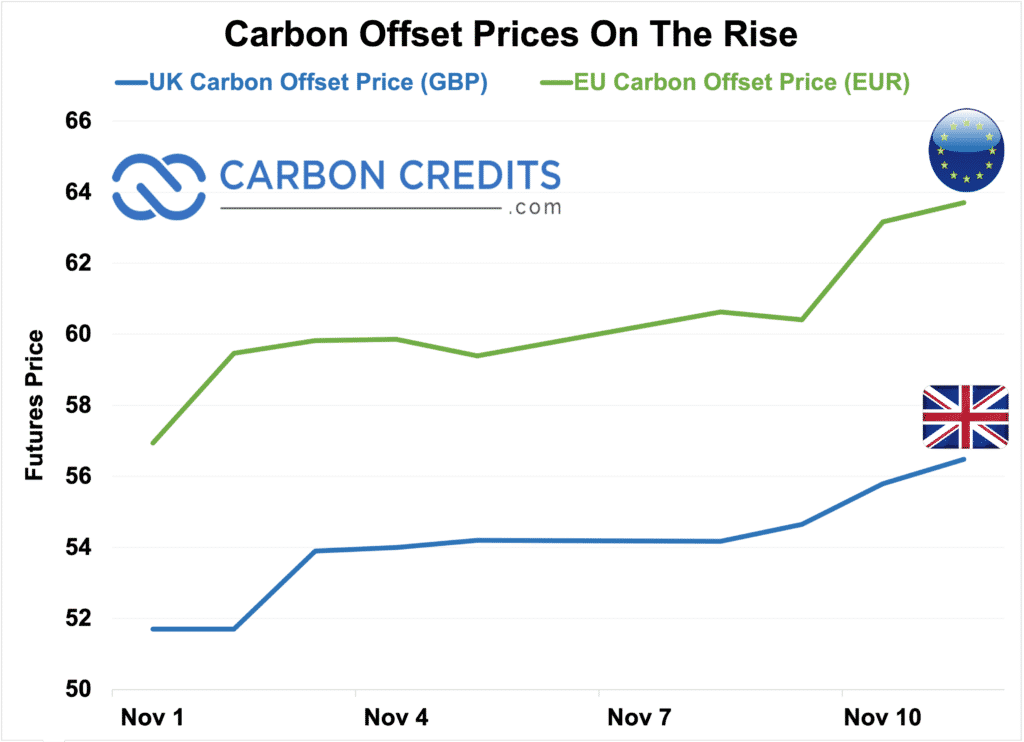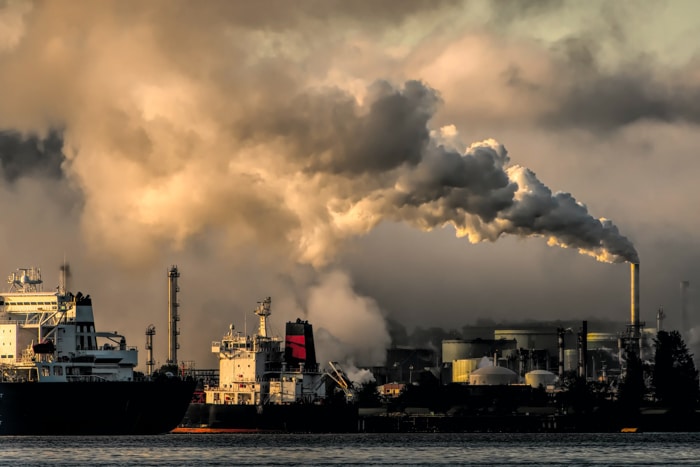Two weeks of COP 26, plus an extra day of last-minute negotiations. And even then, all the agreements signed at COP 26 were riddled with complicated language and potential loopholes.
But stare a bit closer at everything, and some patterns start to emerge. First and foremost? In a world where there’s a limited amount of room for atmospheric carbon, emissions are becoming a precious commodity in their own right.
Put another way, the law of supply and demand is back – and better than ever.
The supply is the amount of room left for CO2e in the atmosphere, particularly if the goal is to keep global warming under 1.5C.
The demand is the number of industries that are still rapidly emitting vast quantities of CO2e into the atmosphere.
When demand is orders of magnitude greater than supply, what happens?
Yep – prices go up.
The Return of Article 6
Let’s back up a bit. COP 26 ended with a series of agreements, most of them promises for further action. Crucially, among those agreements was a new framework for Article 6, the international carbon market.
Now, framework might be a strong word, here. COP 26 didn’t establish any sort of regulatory body, and it didn’t solve all the long-running issues that had plagued previous Article 6 discussions.
But it did underline the role of private carbon markets – the voluntary carbon market, or VCM – in driving carbon prices higher.
More broadly, COP 26 acknowledged that the VCM is, at this point, one of the primary tools governments and organizations can use to influence carbon prices.
And despite some watering-down of the Article 6 rules (hello, zombie Kyoto Protocol credits!), the market responded almost instantly.
Within 48 hours of the close of COP 26, EU ETS credits reached a price of 67.65 euros a tonne – a record high.

Article 6 Framework
What are the takeaways from the new Article 6 framework?
- Public/private carbon market for offsets
- Bilateral credit trading framework between nations
- 5% of credit price from every project deposited into a fund for developing countries to fight climate change
- 2% burn rate – out of each project, 2% of the credits issued need to be over and above what is required to offset the emissions.
Beyond that, the framework finally clarified what, exactly, a carbon credit or offset is. To meet the definition of an Article 6 “activity”, a credit needs to demonstrate:
- A baseline CO2e reductions calculation
- Additionality for each project
- Accurate monitoring
- Clear emissions reduction calculations
These are already the VCM’s best practices – clarify a baseline for the definition of an offset, demonstrate additionality, monitor and verify the performance of the project, and demonstrate that a tonne of carbon emissions was actually removed by the project for every credit sold.
What did COP 26 do?
It reiterated that global warming makes carbon a precious commodity.
It clarified what a carbon credit is.
It highlighted the intense market forces that will drive carbon prices higher.
Finally, it underscored the colossal growth of the booming carbon market. Trading in carbon credits had exceeded $700 million by September, putting it on track to pass the $1 billion mark in 2021. And that was before COP 26 and the surge in carbon prices.
Supply and demand is back. Demand for carbon emissions remains high. Demand for entities to reduce those emissions also remains high.
Offsets and credits themselves are still in short supply.
Do the math.

